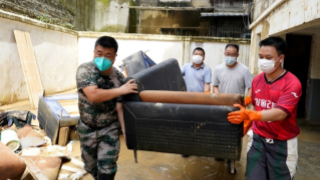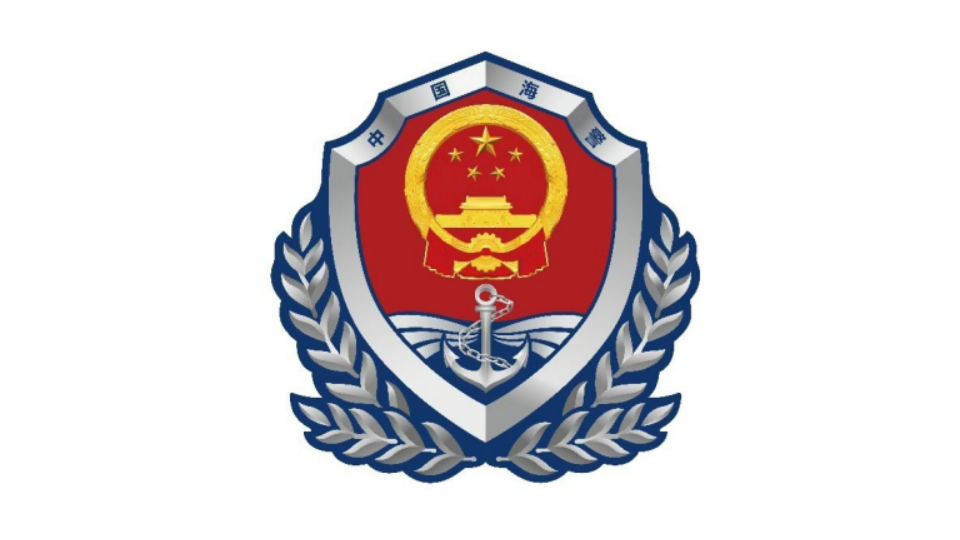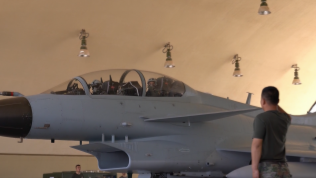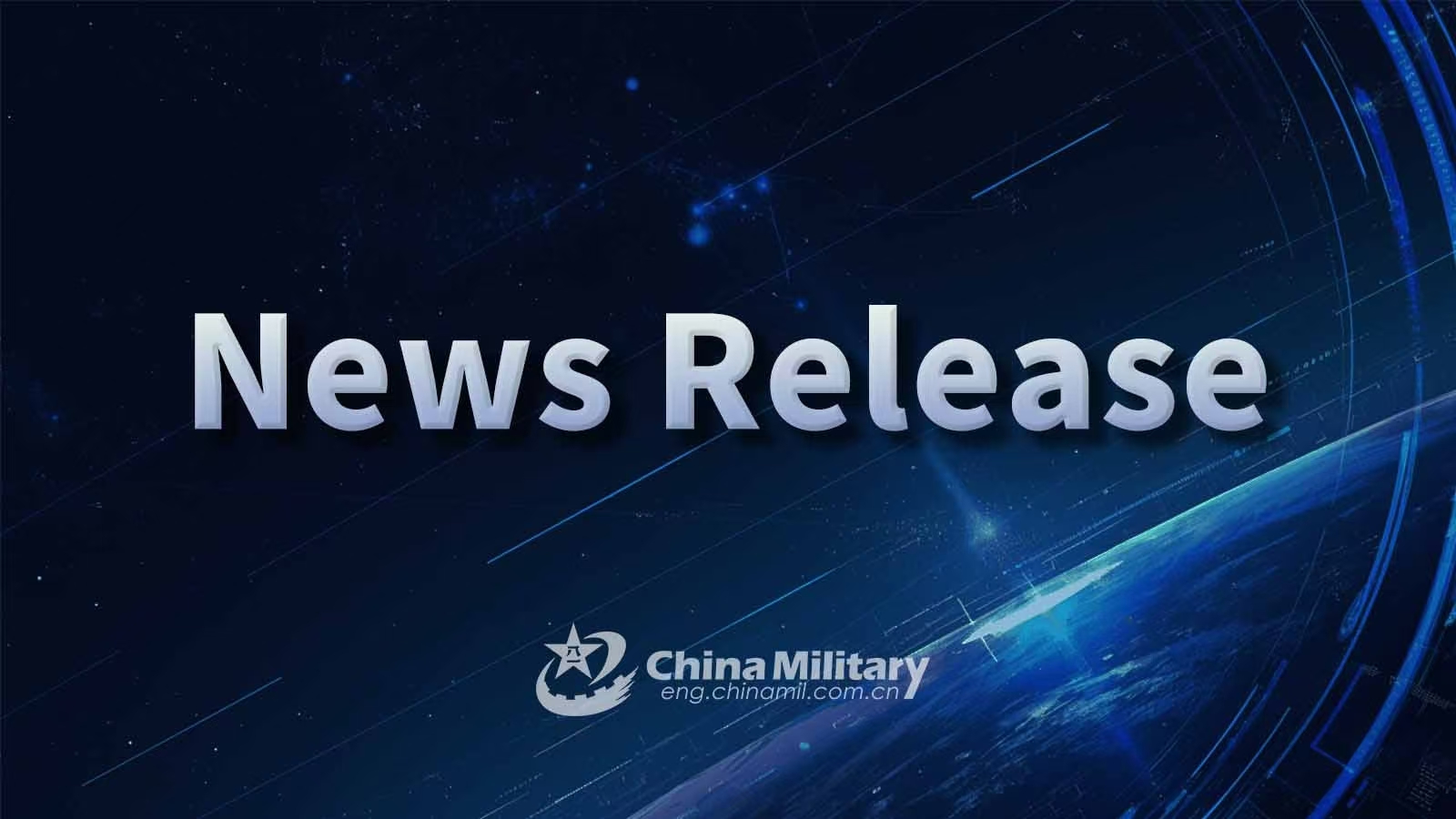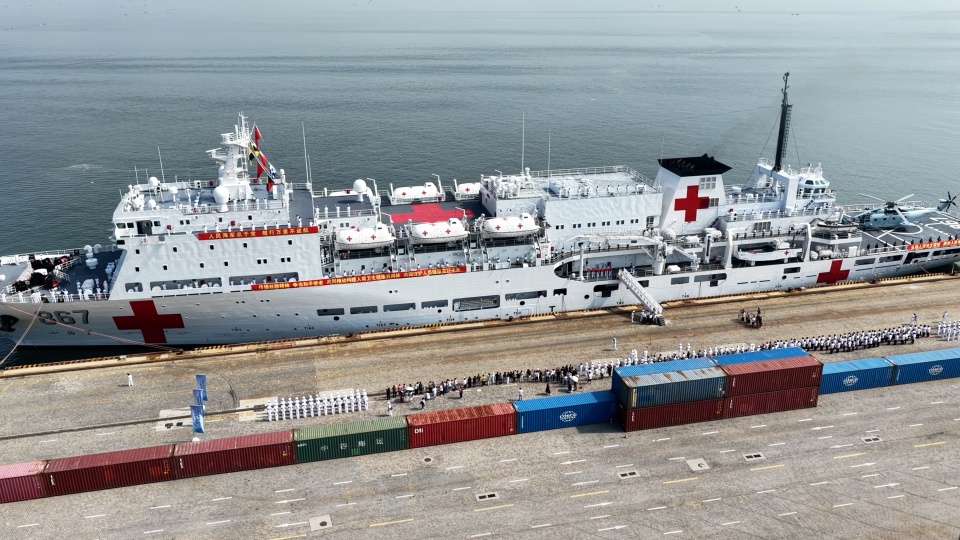By Sun Shaohong
Japanese media recently revealed the draft of Tokyo's public infrastructure expansion plan aimed at strengthening its defense capabilities.
The plan identifies 14 civilian airports and 24 ports for upgrades and utilization by the Japan Self-Defense Forces (JSDF) for training and emergencies. It is reported that the Japanese government has allocated funds for this plan in the budget for the fiscal year 2024. Civilian airports and ports were extensively used for the first time in the exercises of the JSDF held in 2023. Behind these actions is a profound consideration of Japan's attempts to comprehensively enhance its defense capabilities, which implies significant risks of war.
According to relevant laws in Japan, the JSDF can currently prioritize the use of airports, ports, roads, and other facilities only in emergencies. In principle, the JSDF should negotiate the use of these facilities with local governments and facility management authorities during peacetime. The National Security Strategy issued by the Japanese government in December 2022 proposes the need to improve public infrastructure such as airports and ports to strengthen domestic response capabilities in emergencies, signaling an expansion of the use of these facilities.
The Japanese government believes that during a crisis, military airports and ports are likely to be attacked and destroyed. However, civilian airports and ports are surrounded by civilians, and there is a higher risk of war escalation after they are attacked, which means adversaries would have more misgivings. Therefore, under the pretext of deploying troops and protecting civilians in times of conflict, Japan is pushing for public infrastructure expansion plan to beef up its defense capabilities by enhancing the capacity of civilian airports and ports, essentially turning them into "backup bases".
Around 70 percent of the 38 facilities in the draft are located in Okinawa Prefecture and the Kyushu region. Many ports of Hokkaido and Shikoku are also involved, including Kushiro Port and Takamatsu Port. This will make the connection between Japan's southwestern islands and the four major mainland islands closer, help the JSDF achieve rapid mobile deployment, and expand the depth of defense while strengthening the role of forward fortresses on the southwestern islands.
Furthermore, this plan will not only enable civilian airports and ports, which were originally unable to accommodate naval vessels and aircraft, to function as battlefield facilities, but also open the door for the wartime requisition of more civilian vessels and support aircraft operations. The advanced technology and equipment owned by Japanese civilian airports and ports can also be integrated into the joint operations system of the JSDF, significantly improving its mobility and deployment efficiency.
It needs to be pointed out that the public infrastructure buildup expansion plan not only meets the needs of the JSDF but also aims to serve joint operations with the US. The crucial region for Japan-US joint military operations is the first island chain, with the southwestern islands of Japan being of utmost importance. Most of US military actions in the Western Pacific region rely on the southwestern islands of Japan. In a Japan-US joint operational plan disclosed by Japanese sources, the US military needs to establish new military bases in the southwestern islands of Japan, which will be used together with existing bases for troops assembly and operations. If the public infrastructure expansion plan is successfully implemented, the US will be able to directly leverage Japan's civilian facilities to assemble forces more efficiently.
It is evident that Japan's promotion of public infrastructure expansion plan goes hand in hand with its attempt to fundamentally strengthen defense capabilities and reinforce the Japan-US alliance. With the continuous implementation of its three security documents and the accelerated adoption of measures such as developing the capability to strike enemy bases and strengthening cyber and space warfare capabilities, Japan will increasingly undermine its pacifist Constitution, loosen military restrictions, and become more dangerous.
(The author is from the College of Joint Operations of the Chinese PLA National Defense University.)





